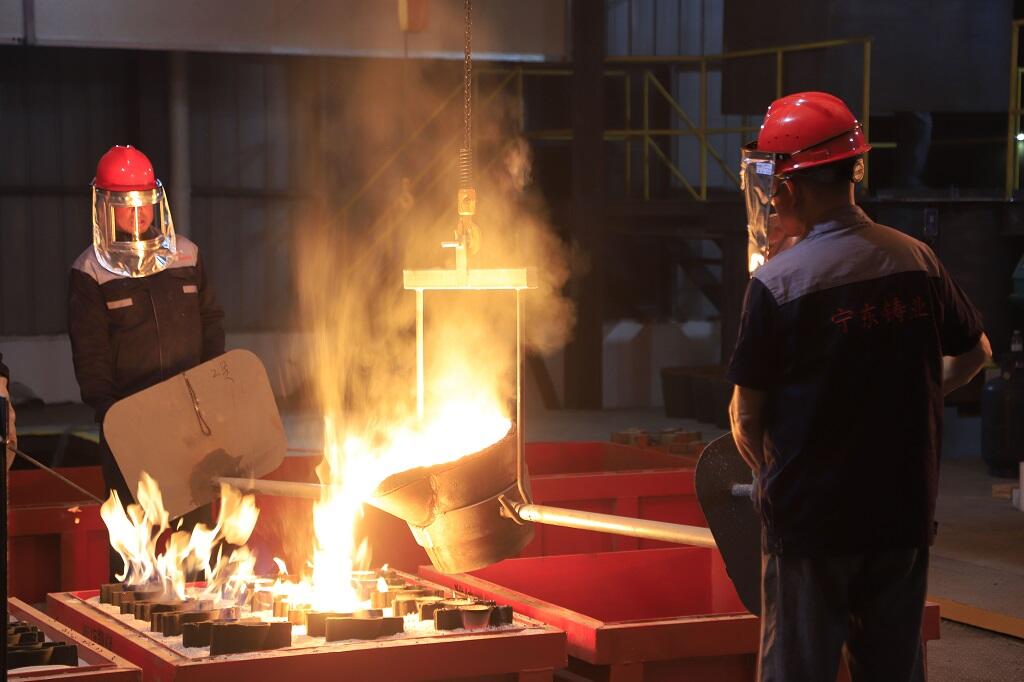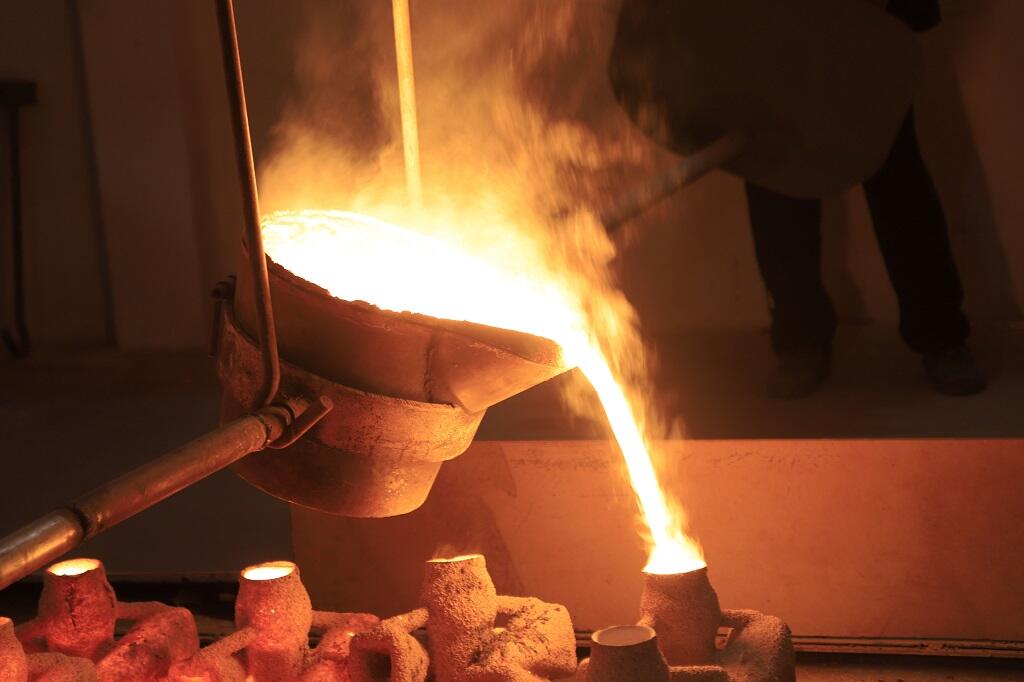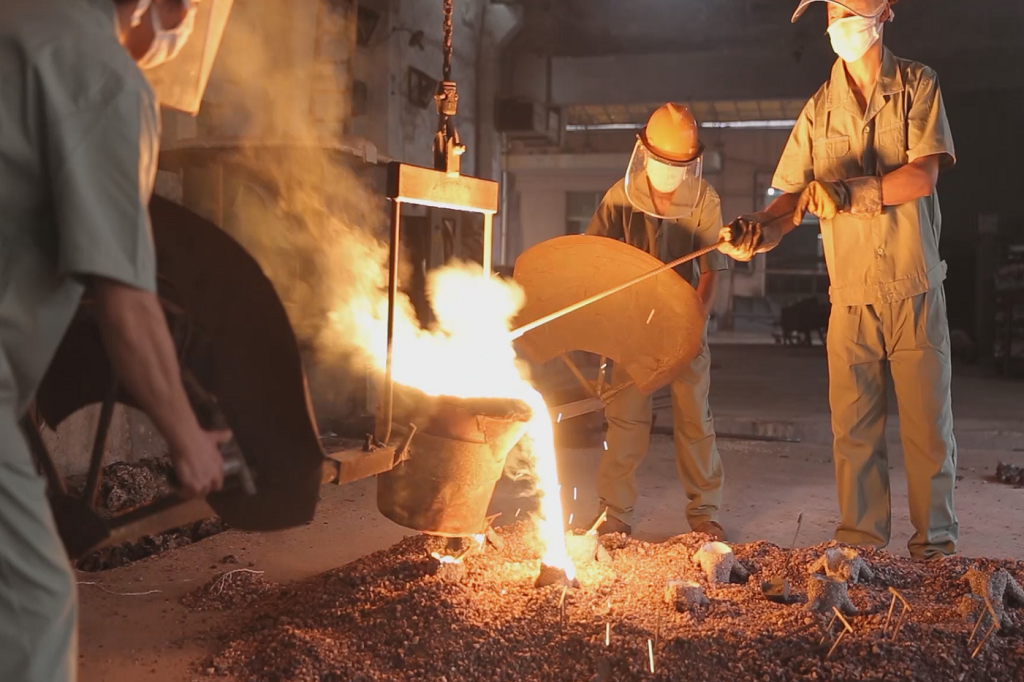Contact Info
Wangjiaao, Yunlong Town, Yinzhou District, Ningbo City, Zhejiang, P.R. China.

Overview and Key Advantages
Investment casting is a highly precise metal casting process designed to minimize material waste, energy consumption, and subsequent machining. It excels at producing intricate and complex parts that are often difficult or impossible to manufacture using other casting methods. This process is highly valued by design engineers for its ability to deliver consistent, tight tolerances and fine detail.

What is Investment Casting?
The term “investment” in investment casting refers to the process of surrounding a wax pattern with a ceramic, plaster, or plastic shell. A wax model is created with great precision and often assembled into a cluster known as a “tree.” This assembly is coated multiple times to form a hard mold shell. The wax is then melted out in a furnace, leaving a cavity into which molten metal is poured. After solidification, the shell is broken away to reveal the final casting.
Advantages of Investment Casting
Investment casting accommodates a broad size range, from small precision components to large castings exceeding 1,000 pounds, although large parts require specialized expertise. The process allows for the production of parts with complex geometries, intricate passages, and fine contours that cannot be achieved by machining or other casting methods. Net-shape or near-net-shape castings produced by this method can dramatically reduce or eliminate post-casting machining and assembly, lowering overall production costs.

Considerations and Limitations
Initial tooling costs for investment casting can be significant but are offset by reduced machining and assembly expenses. The process is well-suited for thin-walled parts, though very small internal passages smaller than approximately 1.6 mm can be challenging to produce. The multi-step nature of the process means production times are generally longer compared to other methods but can be optimized based on volume and complexity.
Applications Across Industries
Investment casting is widely used across diverse industries including:
- Aerospace: Production of turbine blades, engine components, and structural parts that meet stringent safety and performance standards.
- Automotive: Manufacturing transmission parts, engine blocks, and suspension components, improving vehicle efficiency and durability.
- Medical Devices: Fabrication of surgical instruments, implants, and diagnostic equipment requiring high precision and biocompatibility.
- Industrial and Commercial Equipment: Components for pumps, valves, and machinery benefiting from the process’s accuracy and material versatility.
Conclusion
Investment casting remains a leading choice for producing complex, high-quality metal components. Early collaboration with casting experts can optimize design and material selection, ensuring the best balance of performance, cost, and manufacturability.
 Hot News
Hot News